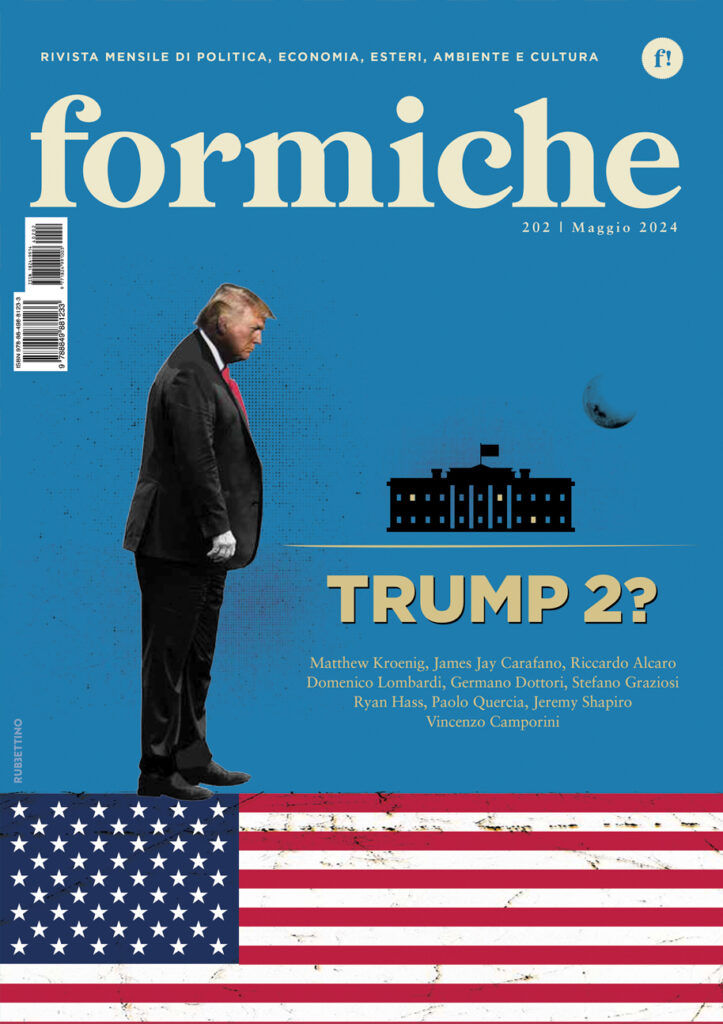The future of the Italian coalition government is being endangered by the duel between Prime Minister Conte and Matteo Renzi, a minor, yet influential, leader. This executive could be done for by week’s end. Three scenarios to explain where do we go from here
The Italian government is looking shakier by the day. Already weakened by long-standing differences amid the partners of an uneasy governing coalition, the majority is now bracing for a possible collapse.
The ball was kicked by Matteo Renzi, former PM and leader of a small-yet-critical party, Italia Viva. He has threatened to withhold his party’s support for the current government over the performance of prime minister Giuseppe Conte. If he follows through, the PM will lose his majority.
Mr Renzi has been pressuring the government to improve its planning of Italy’s economic relaunch (to be fuelled by conditioned European money). He has also condemned the PM’s tendency to bypass Parliament and give himself power over the recovery process, as well as his (failed) attempt to create and oversee a new intelligence institute.
Members from the rest of the governing coalition – made up by the Five Star Movement and the Democratic Party – believe this is the worst possible time to trigger a government crisis (citing the vaccination campaign and Brussels’ February deadline for Italy’s recovery plan.
Their calls for dialogue are strengthened by their desire to avoid elections at all costs, as the centre-right coalition currently sitting at the opposition desks is projected to wipe the floor with them, should Italy go to the polls.
President Sergio Mattarella, who would be responsible for drawing up a new government or calling a general election, has expressed his preference for the latter option in the past. Still, some – including Mr Renzi – are betting on him to prefer the former option if push comes to shove.
Meanwhile, the opposition is watching closely. Silvio Berlusconi, another former PM and leader of a centrist opposition party, voiced his support for a “reconstruction government” on Monday. But his right-wing coalition allies are smelling blood: Matteo Salvini, leader of the opposition, has already called for the government to fall, and so did Giorgia Meloni, the second most important centre-right leader.
This week, Mr Conte is expected to submit the recovery plan to his ministers for their approval. That’s when Mr Renzi is likely to strike, asking his two ministers to resign, unless an agreement is found in the next hours. Here’s how things could play out.
1. The government does not fall
In this scenario, Mr Conte makes some concessions on the recovery plan governance and the intelligence institute, so as to satisfy Mr Renzi, who would then call off his assault. Alternatively, Mr Renzi could go on and trigger a crisis, but Mr Conte would be able to muster another majority by tapping the vast reserve of independent MPs. Either way, the upcoming audit of the governing majority passes the test, and the crisis is averted.
2. A government shake-up
This scenario has been spoken about for months now. Mr Conte submits to pressure and agrees to change key ministers, possibly giving a little more power to Mr Renzi’s party in the process. This should be enough to quell the lingering discontent in Parliament and ensure the government’s political survival. Mr Conte could either lead his third government in a row, or be replaced by someone else in the coalition.
3. The government falls
The nuclear option, with two potential outcomes. In the first, President Mattarella is tasked with the country’s future, and he goes for a “technician” government, tapping experts, managers and external figures to create an executive that’s palatable to most parliamentary forces (the name of Mario Draghi, former chief of the European Central Bank, has been cropping up as potential leader since last summer). In the second scenario, the President decides it’s time to go back to the people. A caretaker government oversees vaccinations and the economic recovery until the Italians vote, in spring, most likely giving Mr Salvini and his centre-right allies the keys to power.








